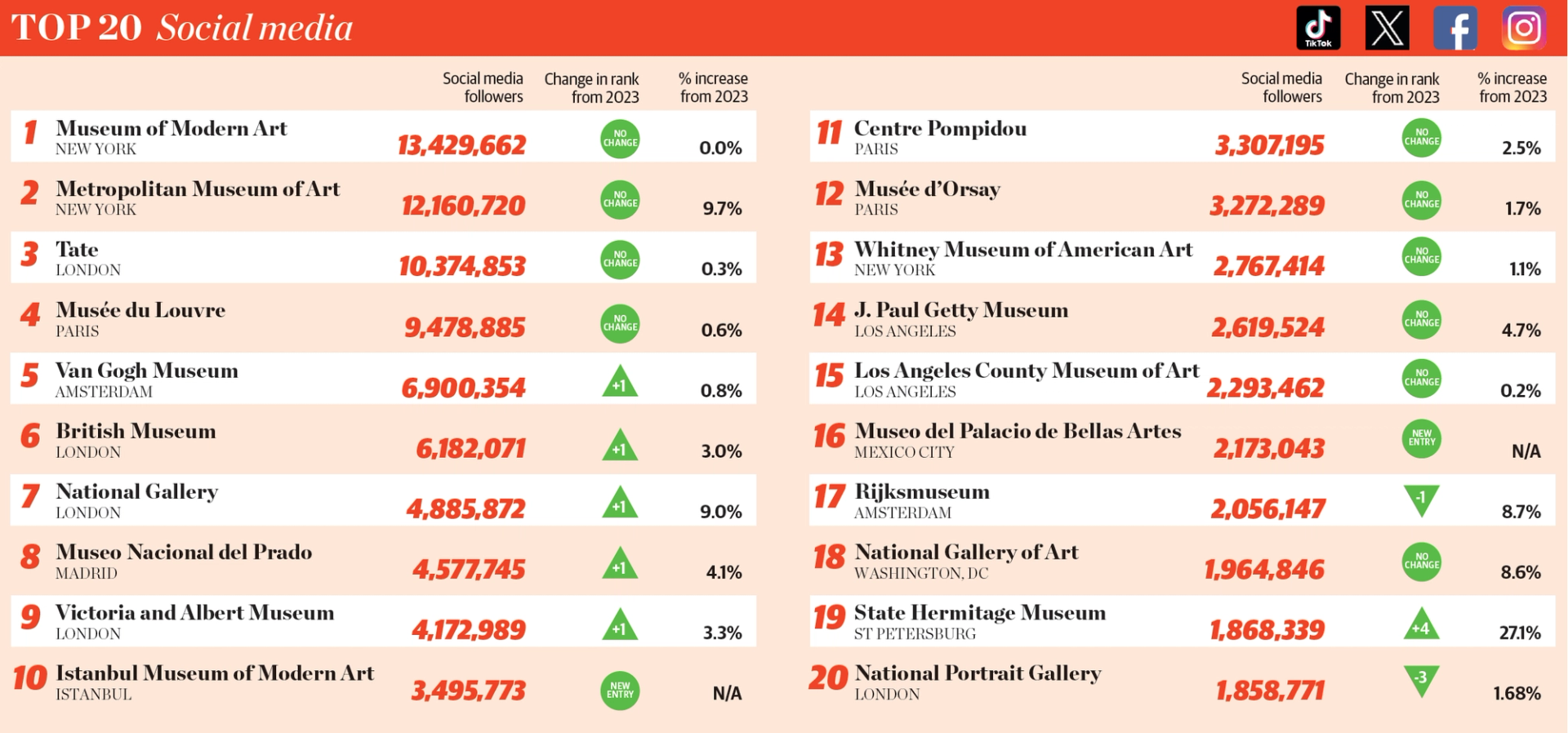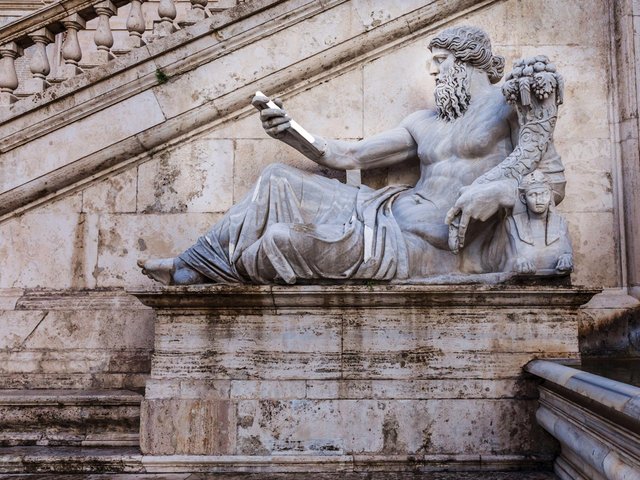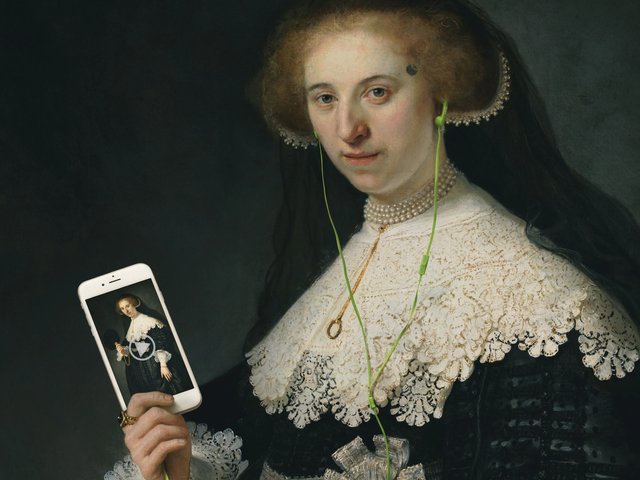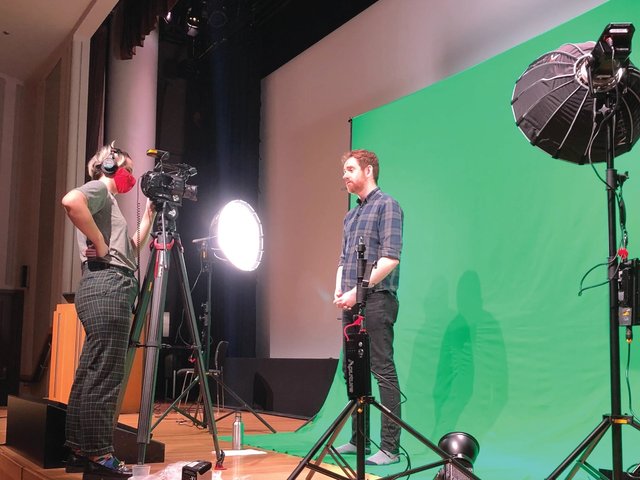There has been a huge shake up in the social media landscape in the past year. With the exodus from X driven by ethical concerns, the fear of a permanent ban on TikTok in the US and the subsequent rise of new platforms, it is hard for institutions such as art museums to know where to focus their social media efforts for the best.
This is the sixth year that The Art Newspaper has added up the total Instagram, Facebook, Twitter (now X) and TikTok followers for the 100 most visited museums in our annual visitor survey, and the data reveals the trends within the shifting social media sands.

Methodology: The data was collected between 6 and 9 March from the top 100 museums in our visitor survey for the four most popular English-language social media platforms: Facebook, Instagram, TikTok and X. It is worth noting that the omission of non-English language sites—such as Sina Weibo, WeChat, Douyin, Telegram and VK—does skew the results towards Western museums
Parisian museums in particular have jumped ship from X
The table of the top 20 most followed museums has mostly stayed the same this year, except for Guggenheim New York dropping off the table because it is no longer one of the top 100 most visited. The museums with the greatest growth in followers are the Metropolitan Museum of Art in New York (9.7%), the National Gallery in London (9%) and the Rijksmuseum in Amsterdam (8.7%). The Met’s growth is mostly on TikTok, aided no doubt by the social media platform’s sponsoring of the museum’s annual celebrity- and fashion-filled Met Gala in May last year. The National Gallery’s extra followers are likely the result of the digital efforts around its 200th anniversary in 2024, including the creation of a new network of popular content creators. And, in the past year, the Rijksmuseum has added more than 125,000 followers to its already impressive Instagram following.
The art of ‘quiet quitting’
While most of the 100 museums in the list grew their social media followings over the past year, this is despite almost all of them experiencing a decline in followers on X. On average, the top 20 most followed museums lost almost 2% of their X followings. The loss is likely down to users deleting their accounts, rather than people un-following specific museums. “The changing tone of X and the controversy surrounding its owner [Elon Musk] have spurred some firms to leave the platform, and others have pulled their advertising as well,” a recent BBC article states.
There is only one museum in our list that has deleted its X accounts: the Museum of Fine Arts, Houston, which last year had 60,495 followers. Others seem to have opted for a “quiet quit”, meaning keeping their accounts but ceasing to post, such as the Nasjonalmuseet in Oslo, the Broad in Los Angeles and the Art Institute of Chicago. Parisian museums in particular appear to have jumped ship from X: the Centre Pompidou, which has more than a million followers on X, has not posted on the platform since 20 January; and the Musée d’Orsay, with almost 750,000 followers, has not posted since 3 February. Each of the 14 state museums and heritage sites in the Paris Musées group, which includes the Petit Palais and the Musée d’Art Moderne de Paris, publicly announced their exodus from the platform on 20 January “in respect of their values”.
Bluesky thinking
New, X-esque social media platforms have been popping up in the past couple of years as alternatives for fleeing users, such as Threads (created by Meta, the same company that owns Facebook and Instagram) and the decentralised app Bluesky. Threads launched in 2023 and new accounts were largely created from users’ Instagram accounts, meaning that Threads users could carry over all their Instagram followers. This indicates that many museums with high follower counts on Instagram also have lots of followers on Threads.
However, many museums seem to have stopped posting on Threads, too. These include the Met, the Tate museums in the UK and the Museo Nacional del Prado in Madrid. Museums have been slow to take up Bluesky, an app very similar to the original Twitter platform that became fully accessible to the public in 2024. Only 19 of the top 100 most visited museums have Bluesky accounts, and just two—the Prado and the Musée du Louvre—have followings of more than 10,000.
Time to TikTok
After an initially slow adoption of TikTok as a platform for museums (only 21 of the top 100 most visited museums had TikTok accounts according to our 2023 data) it is becoming increasingly popular, with 56 of the 100 museums now owning accounts. Russian museums in particular are finding an audience on the Chinese-owned app, no doubt in part because the US platforms Facebook, Instagram and X are banned in the country. It is important to note that while the State Hermitage Museum in St Petersburg appears on the top 20 most followed museum list, most of its accounts at present lie dormant. The museum has, however, amassed an impressive 318,000 followers on TikTok and has almost three million likes on its posts.
Other Russian museums making waves on the app include the Fabergé Museum and the State Russian Museum. Meanwhile, the Met’s incredible year on TikTok—gaining around 900,000 followers—will have been in vain if the US government goes ahead with its planned ban of the app, over concerns about national security, on 5 April.





